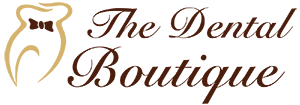Get the perfect bite and a stunning smile with our customized orthodontic treatment options
How do dental braces work?
Braces are the most commonly used method of correcting tooth mal-alignment and other orthodontic problems.
In order to align the teeth, brackets are installed onto the teeth by the orthodontist. The wires are inserted into the brackets by the orthodontist to connect all of the teeth. At every visit, the orthodontist adjusts the wires to align the teeth, correct the bite, and shape the smile.
Metal braces are the most widely used type of braces. Technological advances have made metal braces smaller, more comfortable, and more efficient than ever before. We offer metal braces in silver.
While metal braces on the outside of the teeth do not offer the most aesthetic treatment option, they are highly effective and afford patients the choice of adding colors to their smile while in treatment.
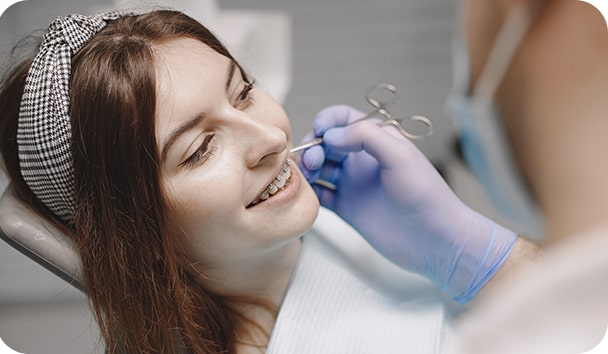
When should I start braces?
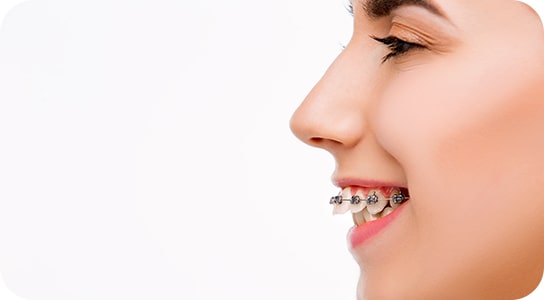
The early teenage years are the best time to get braces due to several developmental changes that favor orthodontic treatment. These include:
All types of braces need care, and good oral hygiene is important throughout the treatment.
Metal braces, Ceramic braces and Lingual braces
The Orthodontics Department at The Dental Boutique, JLT, Dubai offers the highest quality of orthodontic treatment by way of metal, ceramic, or lingual braces, or clear aligners, such as Invisalign. Many of us suffer from malocclusion, misaligned, crooked, and broken teeth. This causes embarrassment, low self-esteem, and even anxiety. The Dental Boutique offers orthodontic solutions suited to each patient’s specific dental requirements. There are different types of braces available. The most common types are metal braces, ceramic braces, and lingual braces.
Metal braces
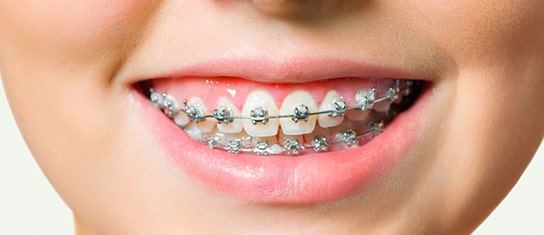
Metal Braces are the most traditional and common type of braces. They are made of stainless steel brackets and tiny rubber bands. These braces work by applying the braces to the teeth and connecting them with a wire. The wire is tied to the braces using elastic ties, which come in an array of colors to choose from. To move the teeth, the orthodontist makes adjustments to the wire at your appointments every 4-8 weeks. They are a more affordable option than all other types of braces.
We provide a choice of standard metal braces or metal Damon braces
Ceramic braces
Ceramic braces are braces made of clear, tooth-colored material. They work in the same way as metal braces but are more discreet and less visible. Ceramic braces deliver a gentle but constant force to shift your teeth into the correct position. Ceramic braces are most popular among patients who do not think clear braces, such as Invisalign, or lingual braces are right for them but who still want to straighten their teeth in a discreet and affordable way.
Clear ceramic braces have the advantage of being much more discreet than metal braces, although not quite as invisible as clear aligners like Invisalign or lingual braces that are behind the teeth. Ceramic braces are more visually appealing than metal braces and are slightly larger and more brittle.
We provide a choice of standard ceramic braces or clear Damon braces.
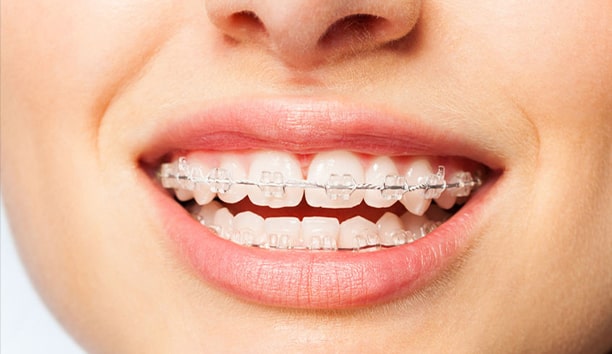
Lingual braces
(Braces behind the teeth)
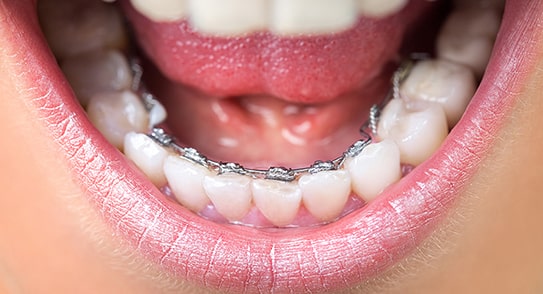
Lingual Braces are braces that are placed behind the teeth. They are the only truly invisible treatment to straighten your teeth.
Lingual braces behind the teeth are the most specialized and least common orthodontic system in the market. Lingual braces behind the teeth are especially well-suited for adults who do not want noticeable braces but have complex orthodontic needs. Lingual braces behind the teeth are presented as an option to all eligible patients because they provide advantages that no other types of braces offer. These include complete invisibility, full customization to your specific teeth, as well as better efficiency and versatility in select patients.
Invisalign clear aligners
We also offer clear aligners/ Invisalign treatment to our patients

Will a retainer be needed after my orthodontic treatment is completed?
Yes, as the teeth will start moving back to their old position in the months following the removal of braces. A retainer can prevent the reversal.
Meet our team
Know your dental braces specialist

Dr. Amjad Al Taki
Besides clear/ removable braces such as Invisalign, Dr. Amjad Al Taki works with standard metal and ceramic braces, and extensively uses Damon braces for smile correction. Dr. Taki has successfully performed hundreds of smile corrections in his career as an Orthodontist and his list of satisfied patients only keeps growing.
See what makes our clients smile

Latest offers
Free orthodontist consultation
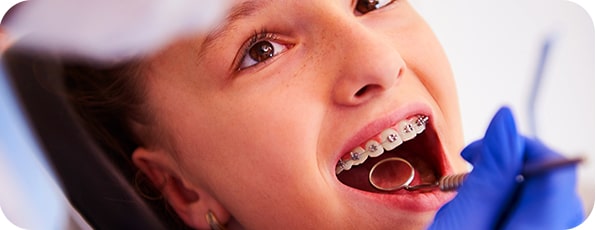
Including:
Patients get free X-rays
3D treatment simulation
A flexible payment plan if they continue treatment
FAQs

